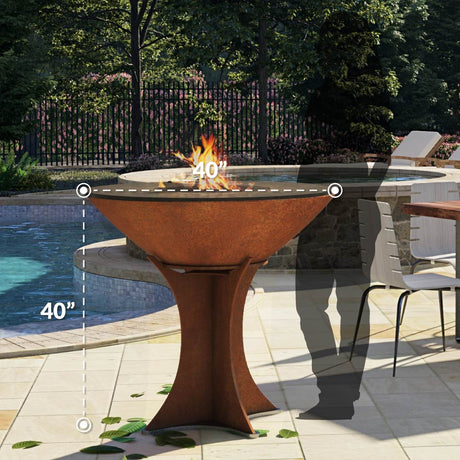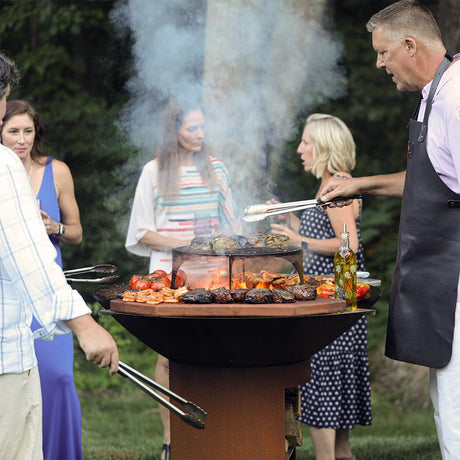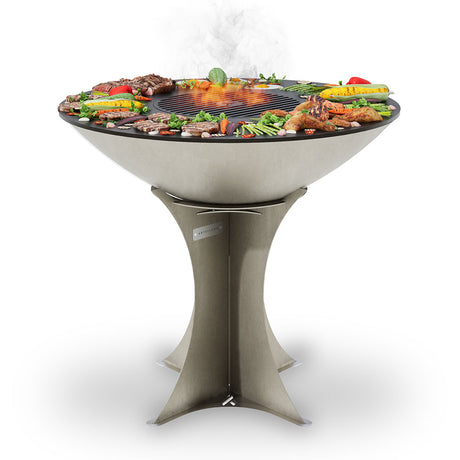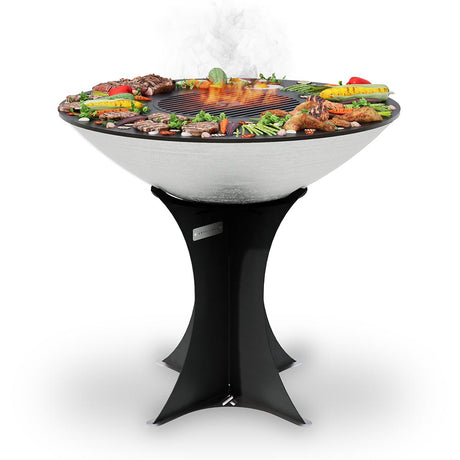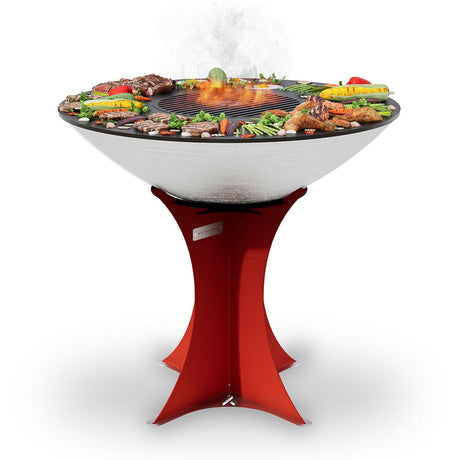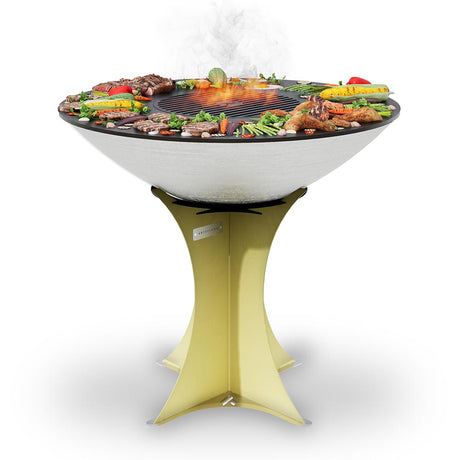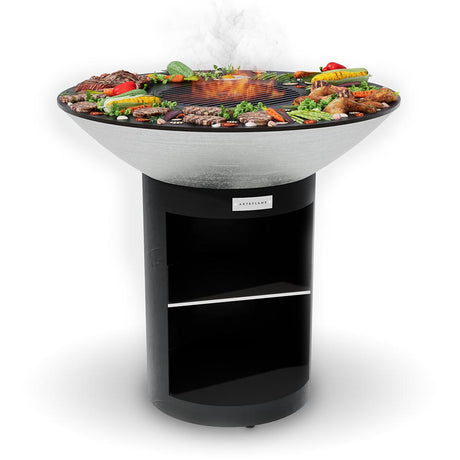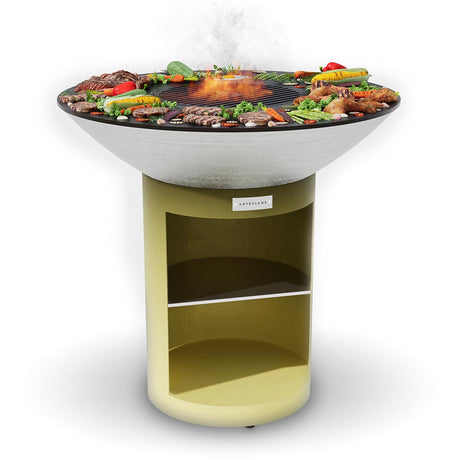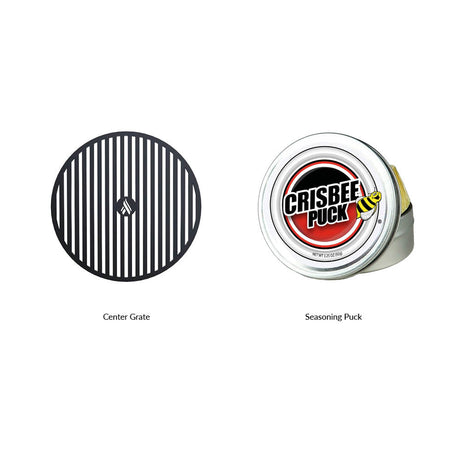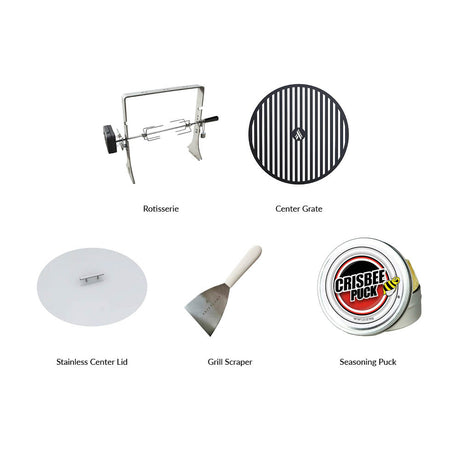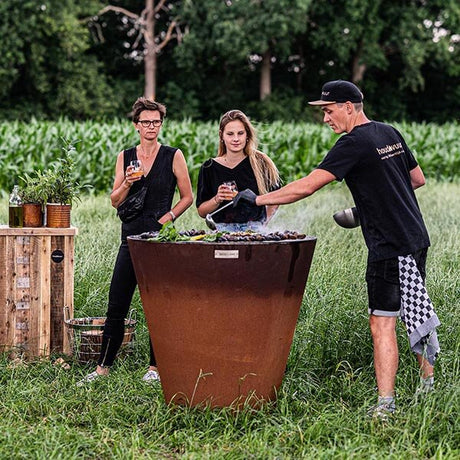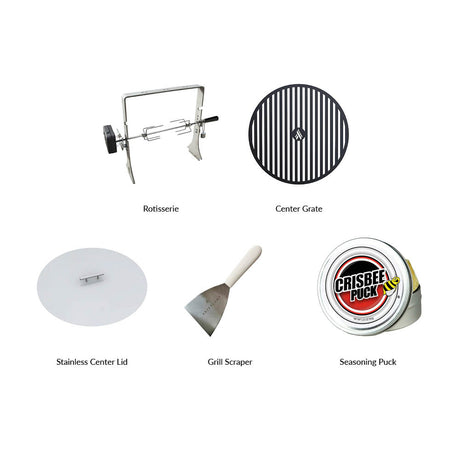Stainless steel griddles are a popular choice for their durability and resistance to rust. However, they are not without their downsides, especially when it comes to cooking performance and maintenance. Unlike cast iron griddles, stainless steel cannot be seasoned to create a non-stick surface, leading to sticking issues. Cleaning a stainless steel griddle can also be a tedious and time-consuming process. Here’s an in-depth look at the pros and cons of stainless steel griddles to help you decide if they’re the right fit for your cooking needs.
1. Durable and Long-Lasting
One of the biggest advantages of stainless steel griddles is their durability. They are resistant to rust, corrosion, and warping, even with regular use and exposure to outdoor elements. Stainless steel griddles are an excellent investment for long-term use, particularly in environments where moisture or humidity is a concern.



